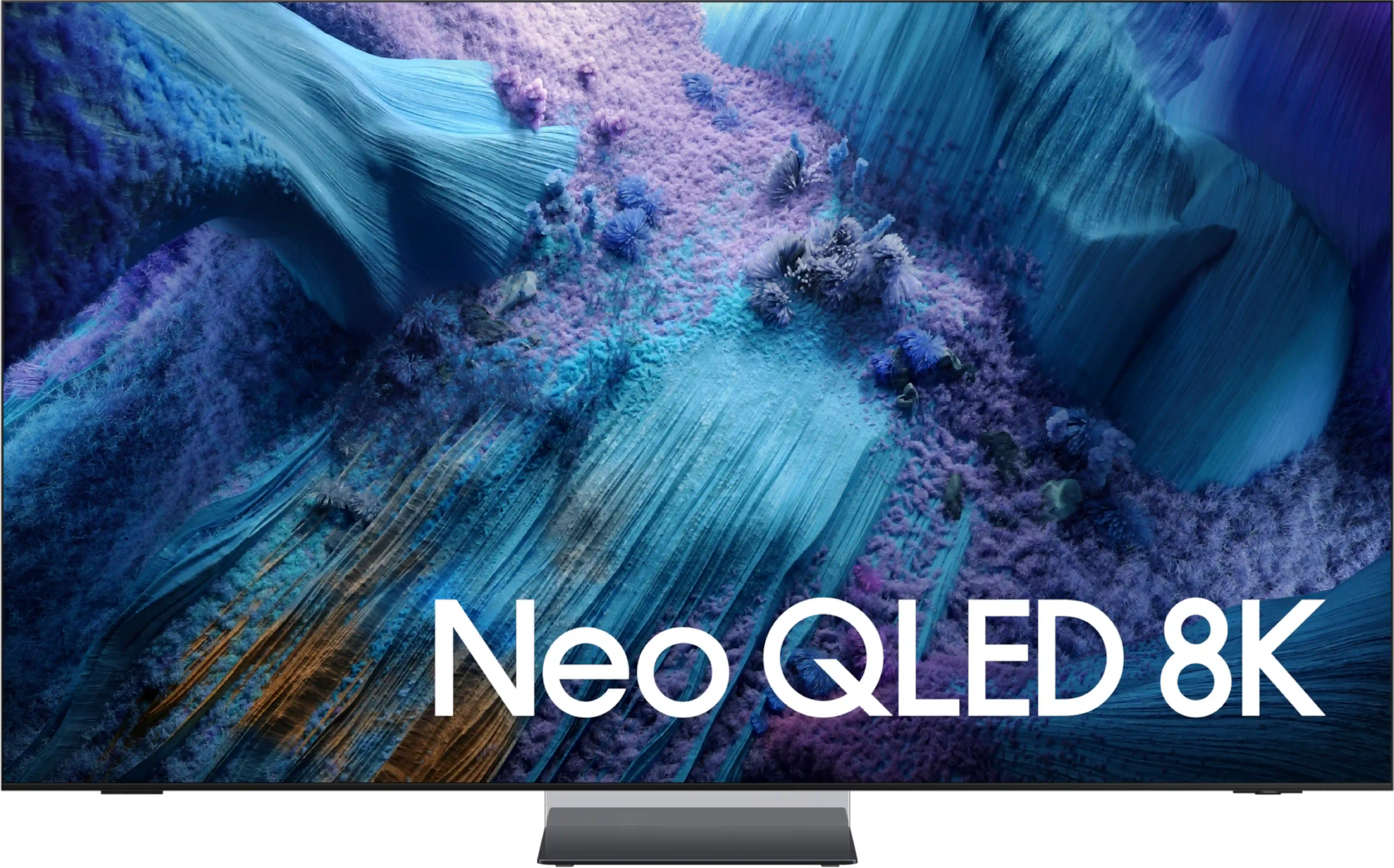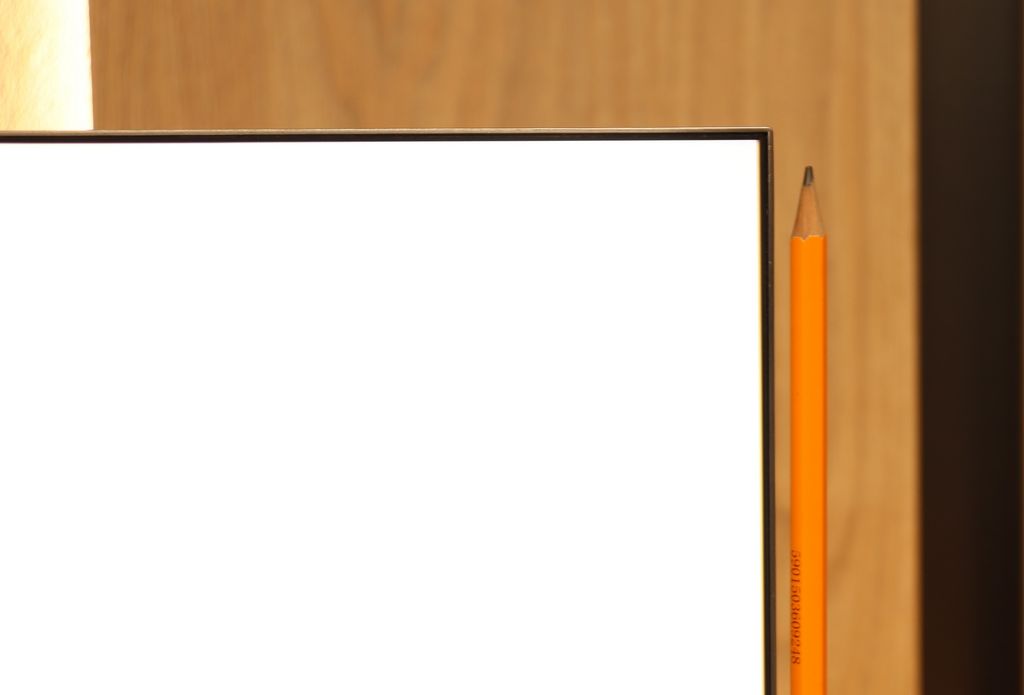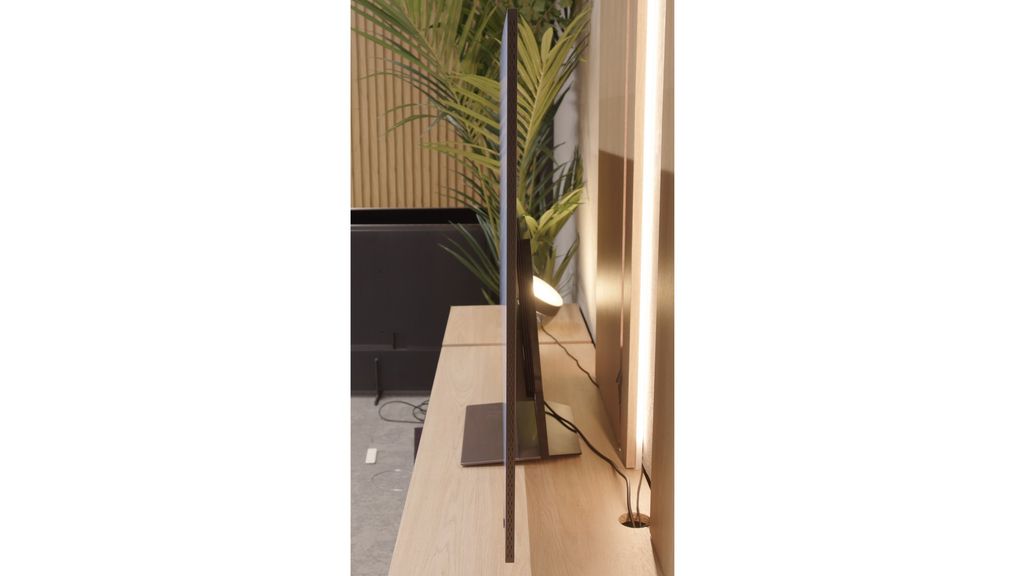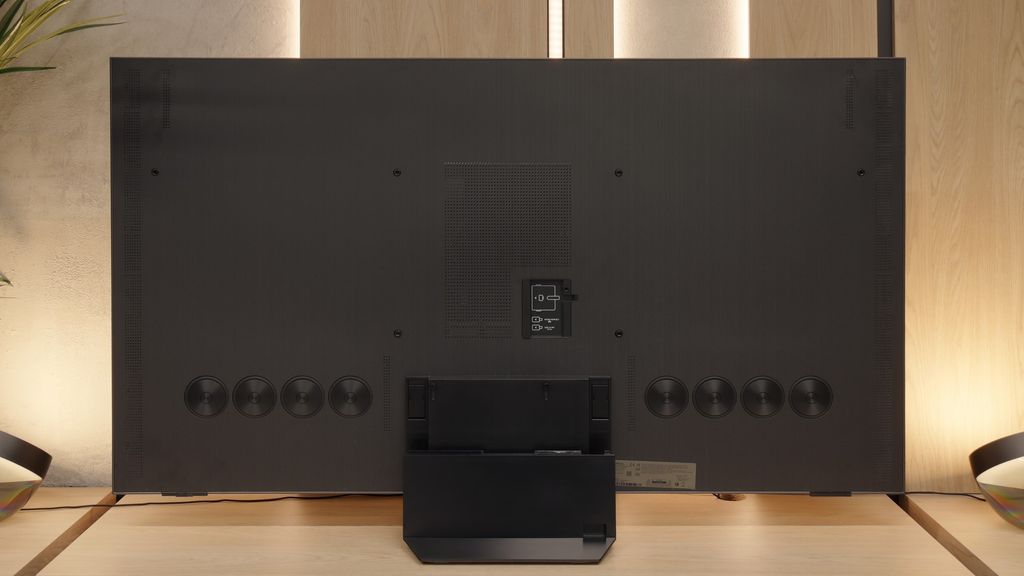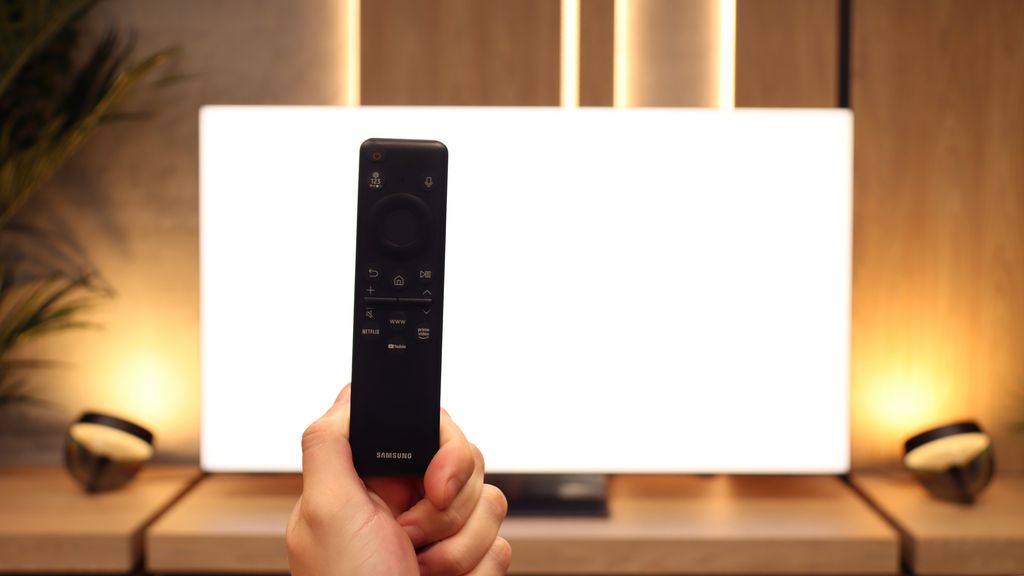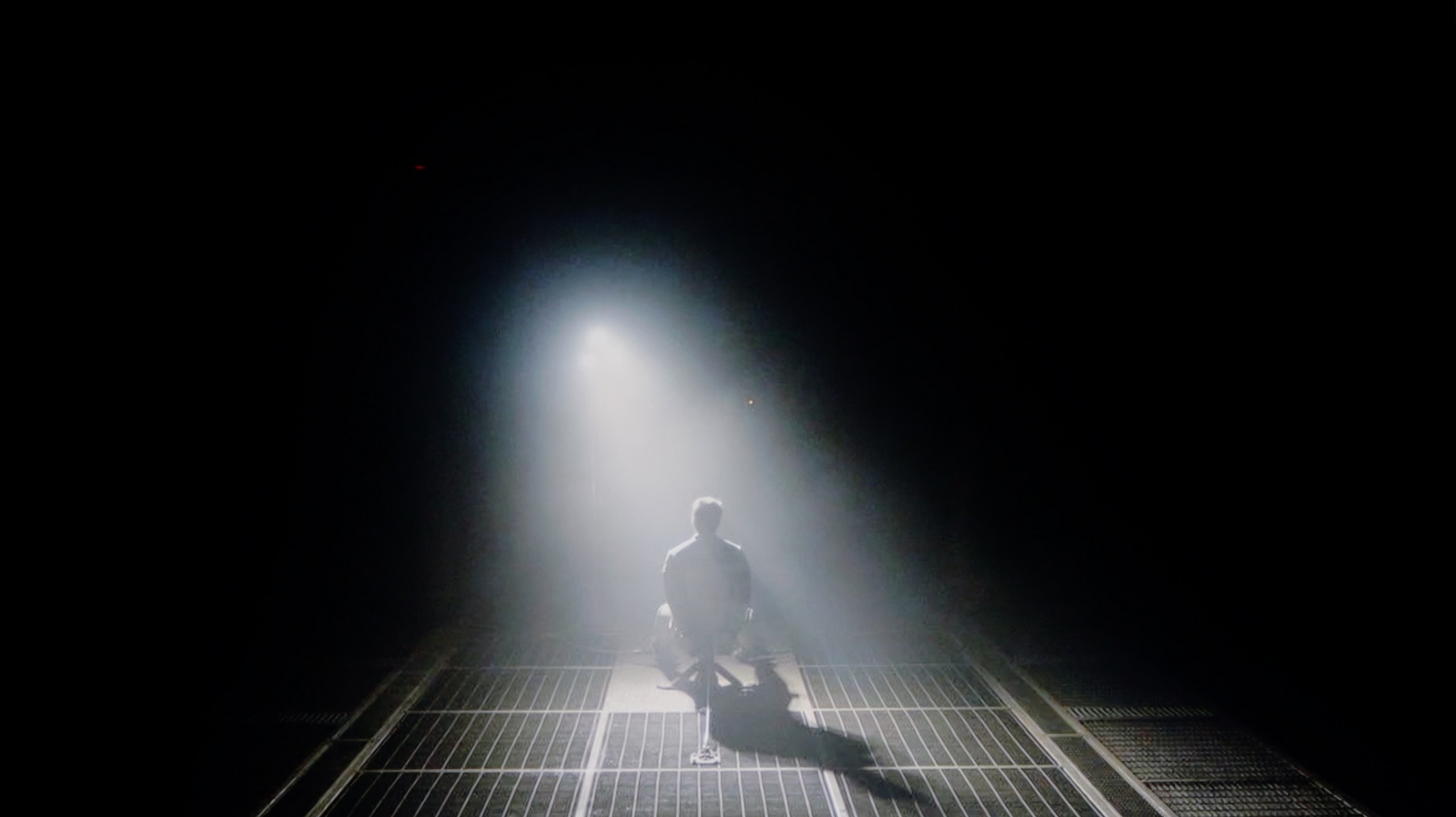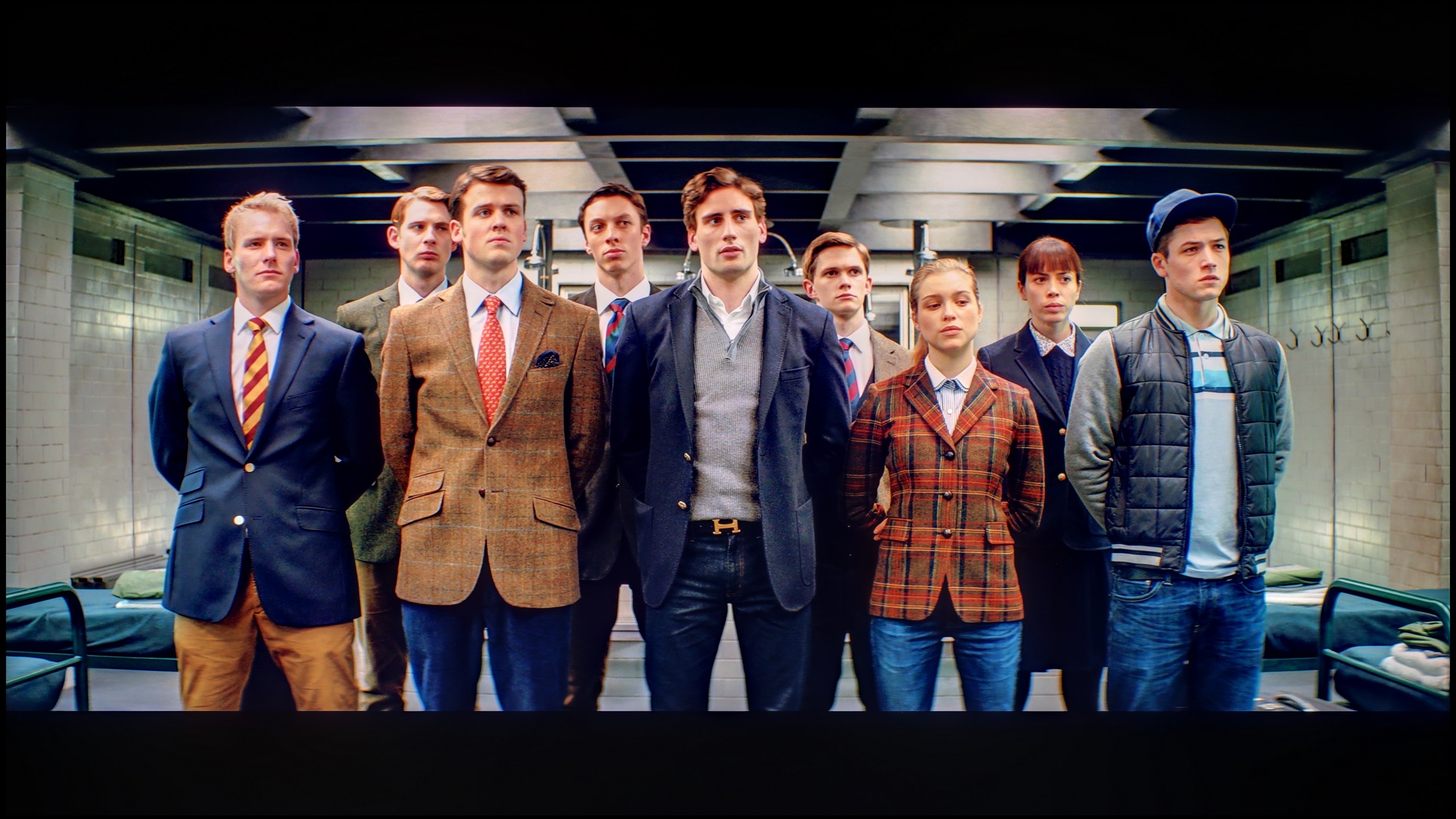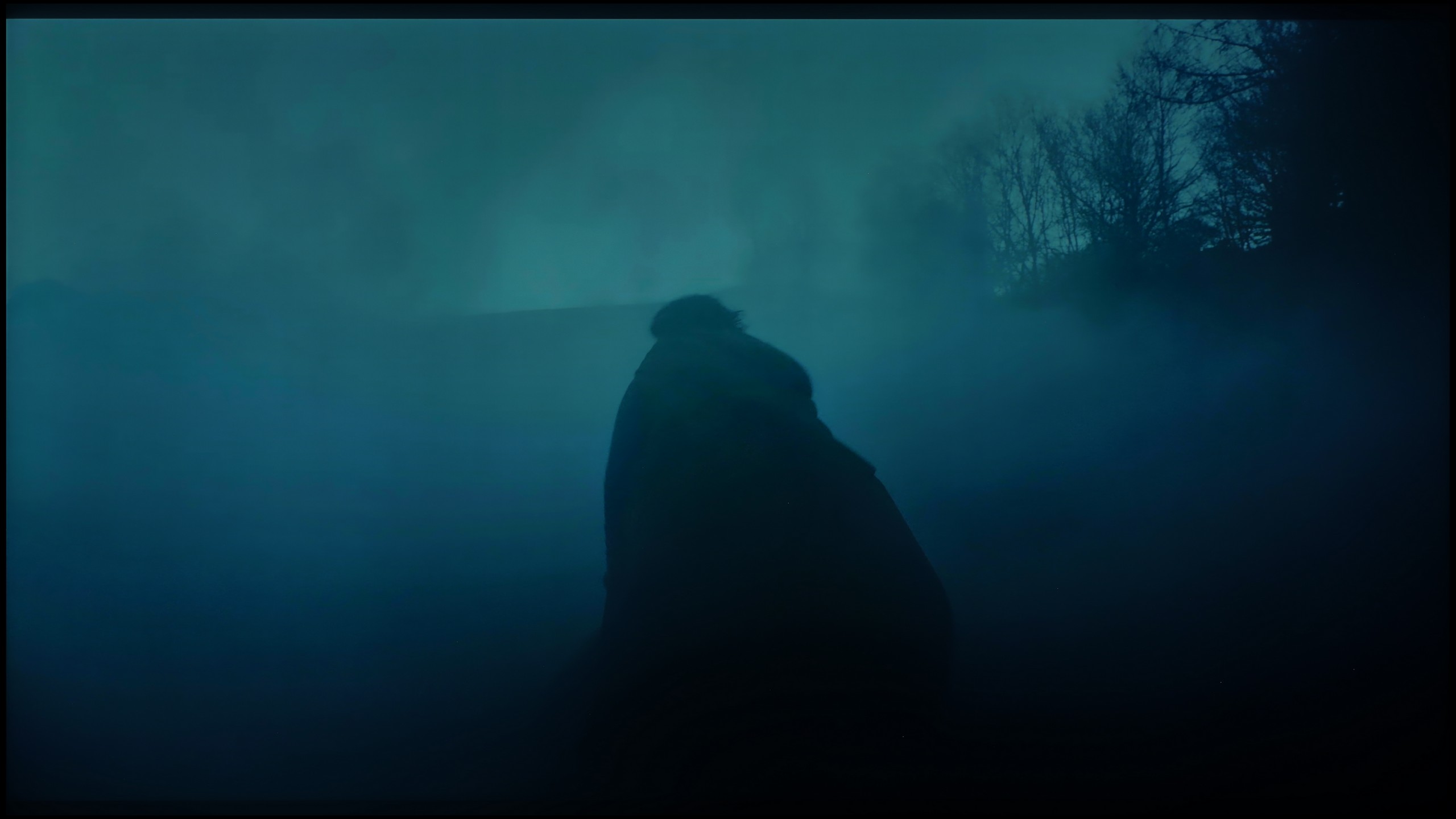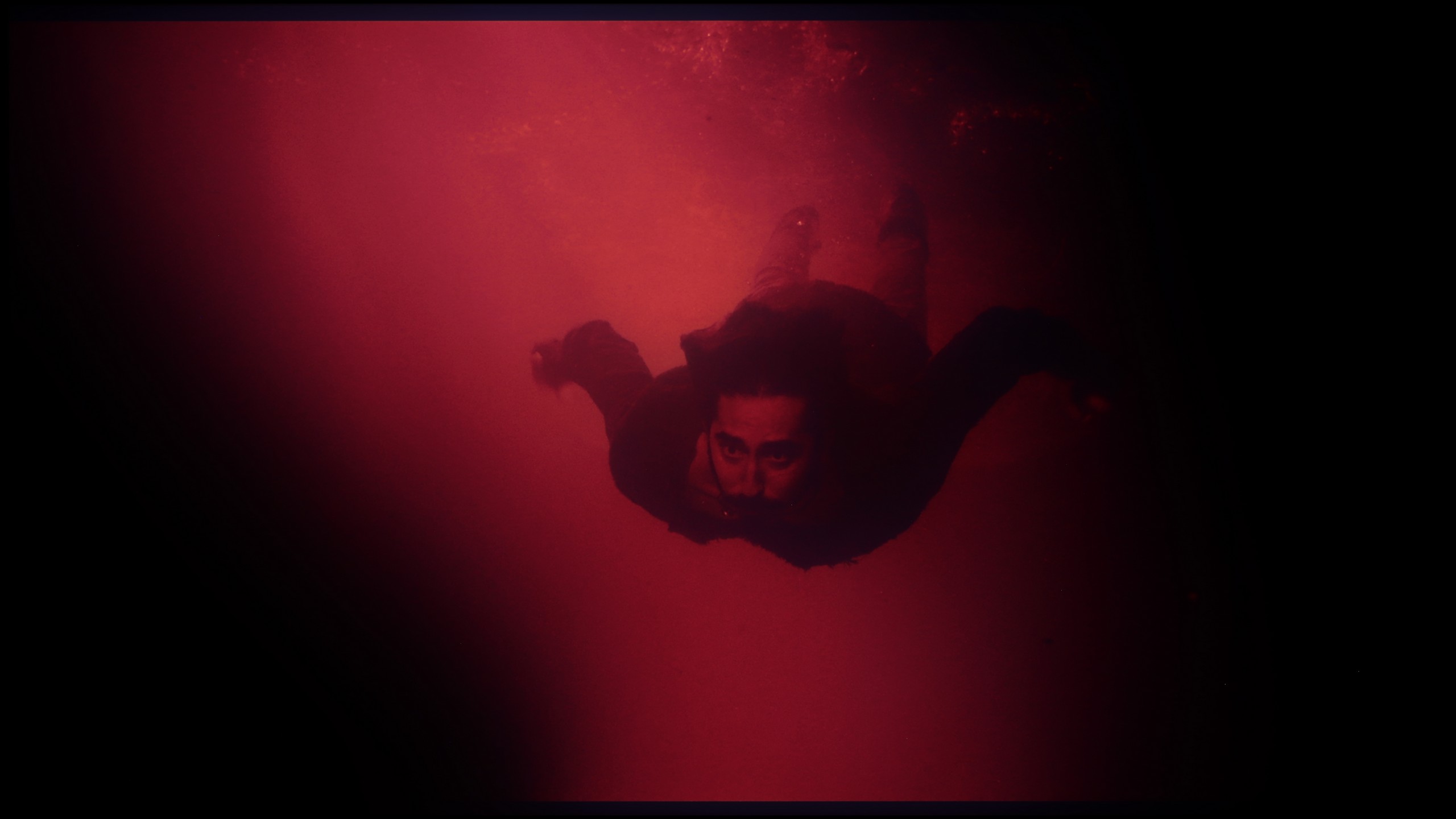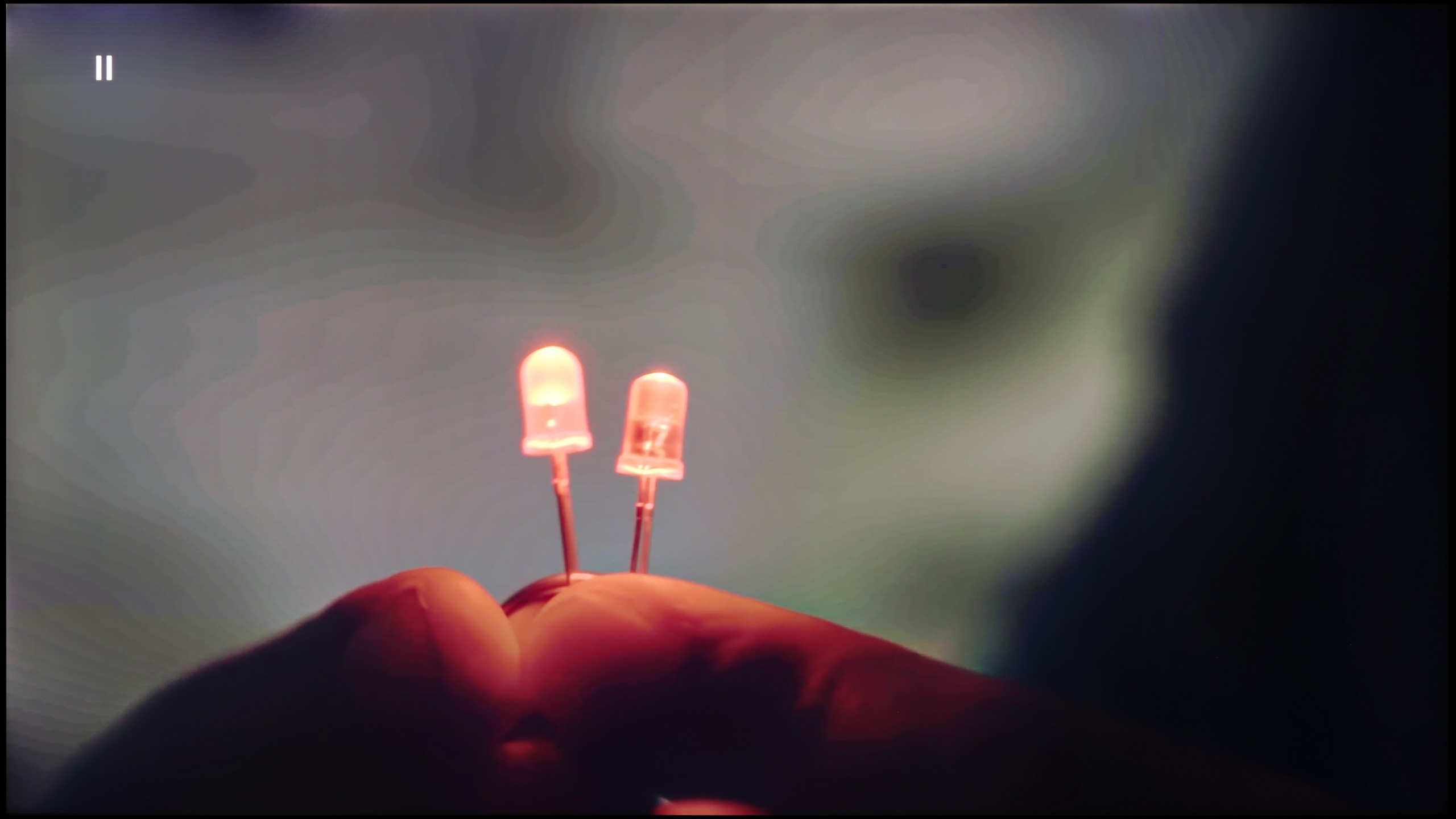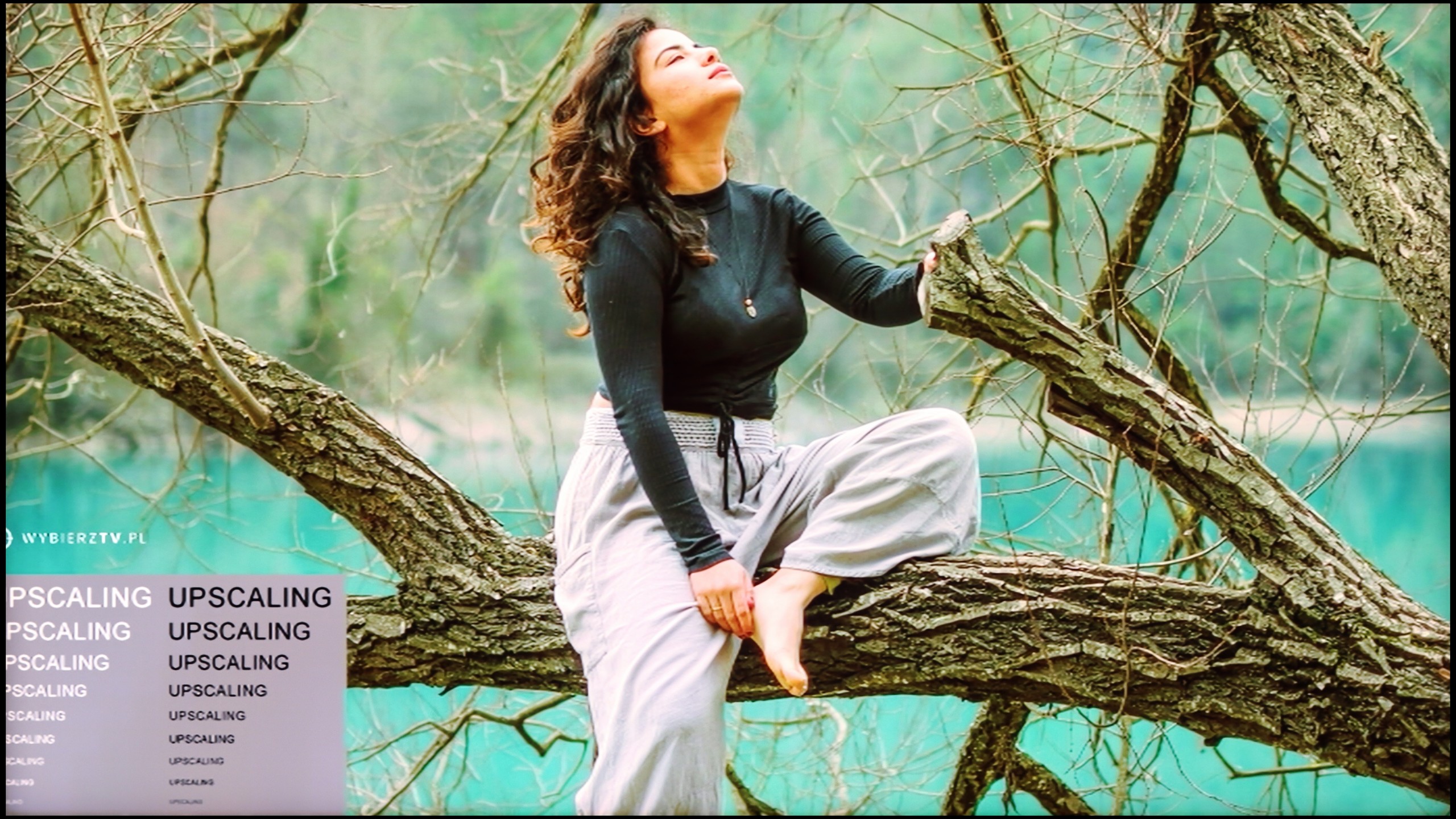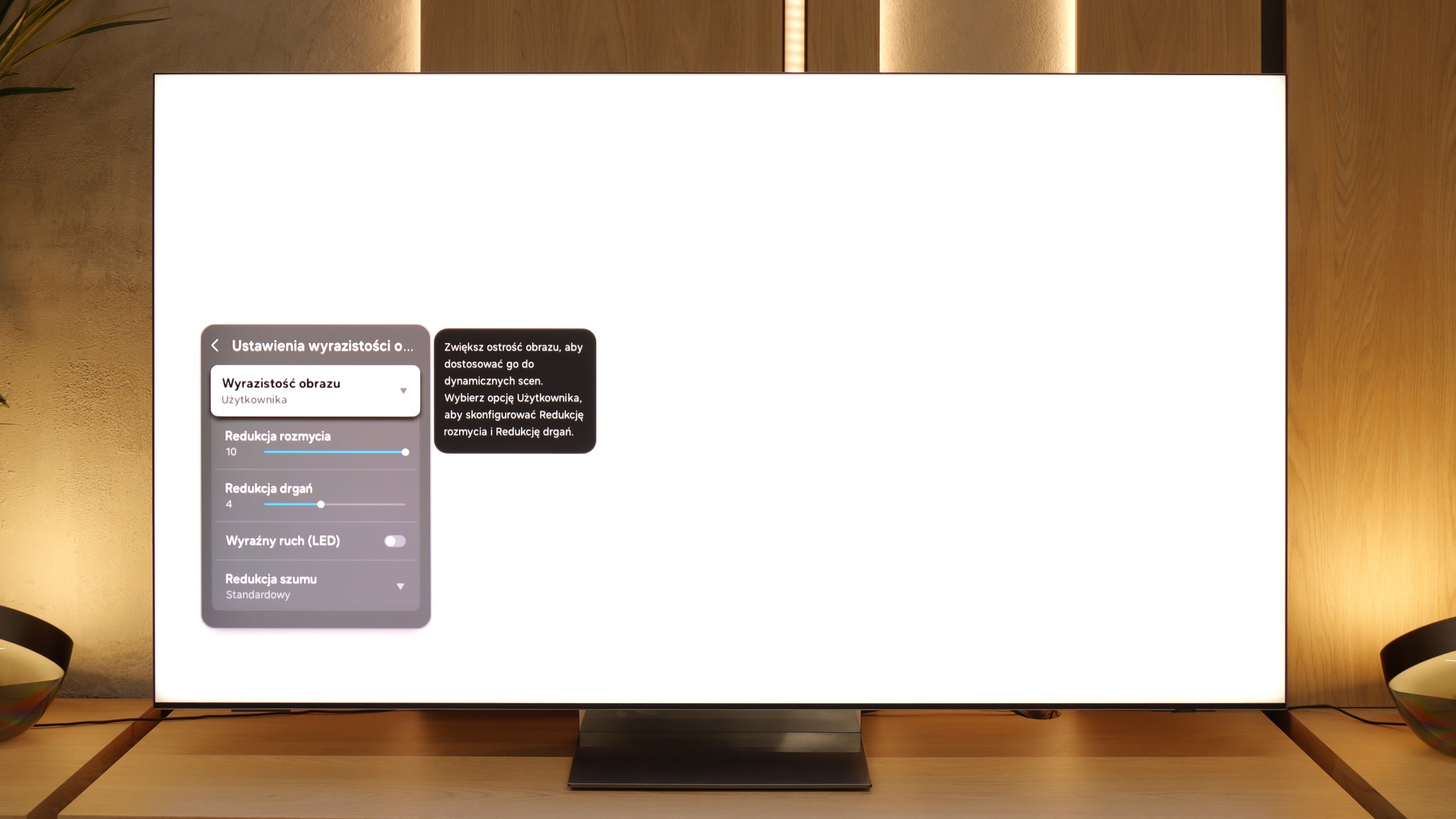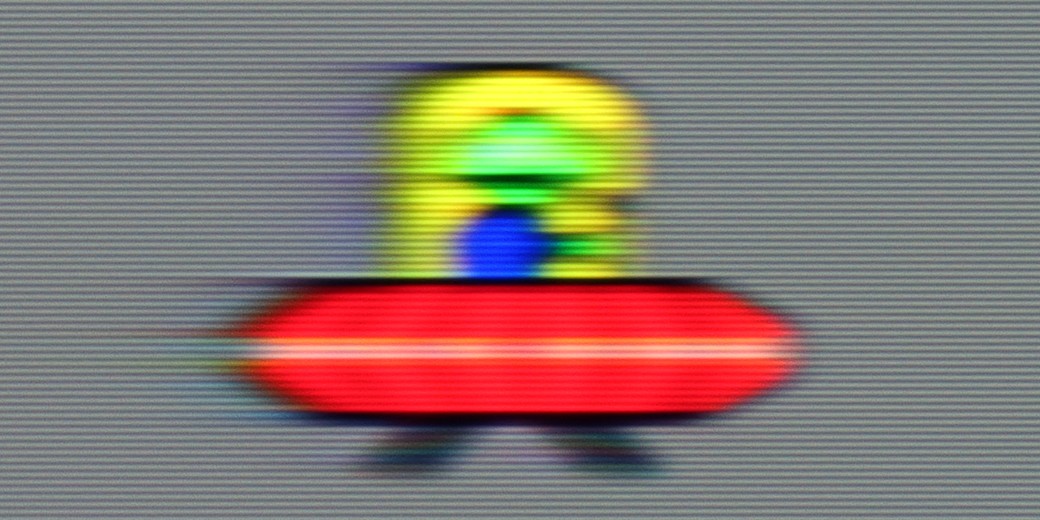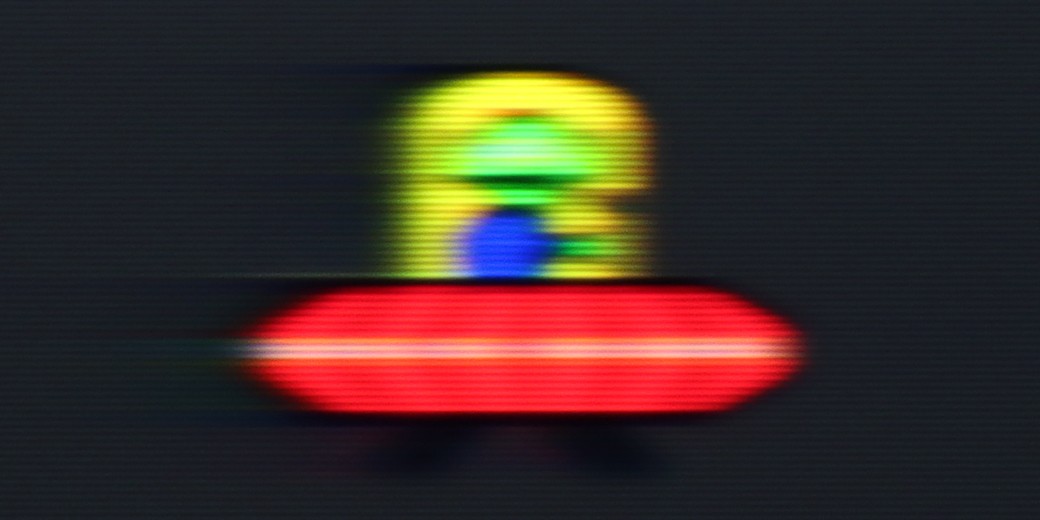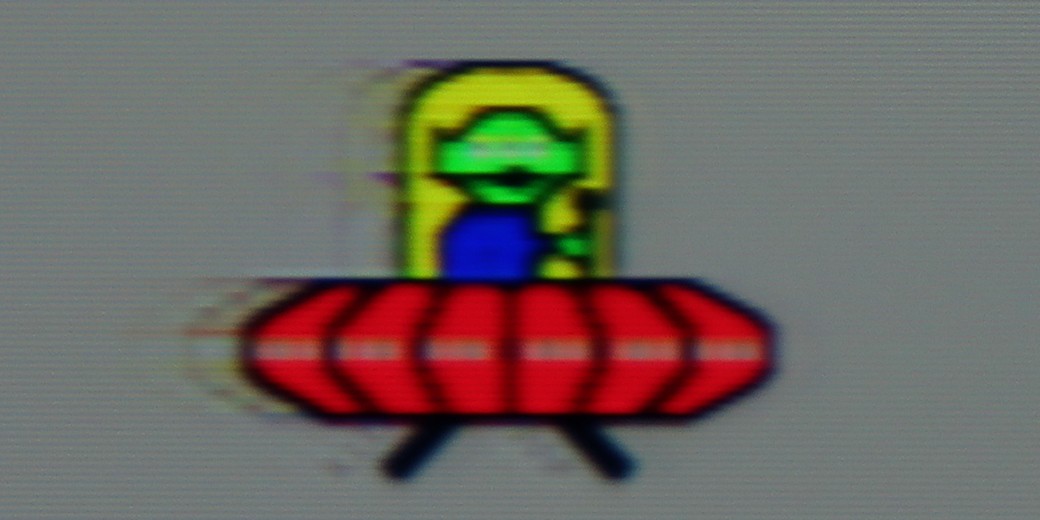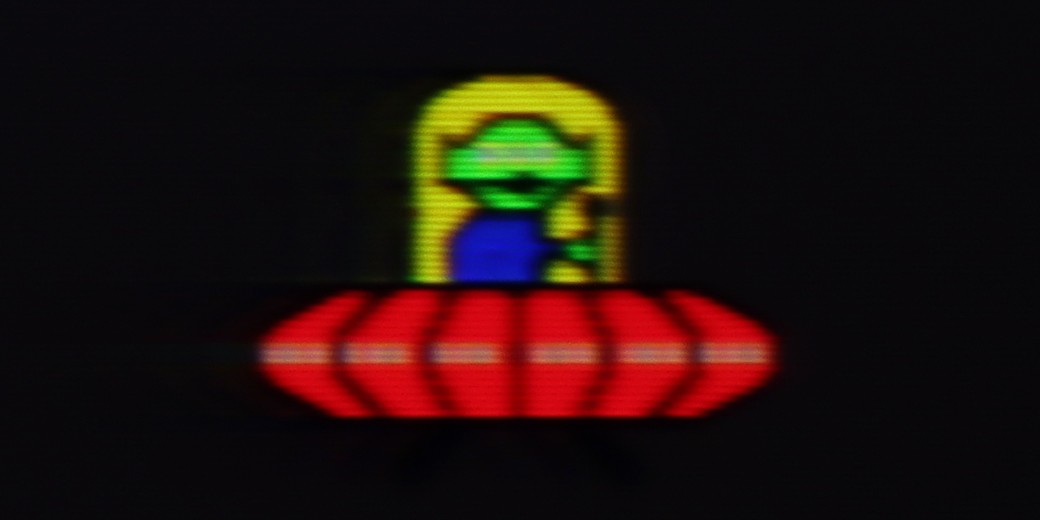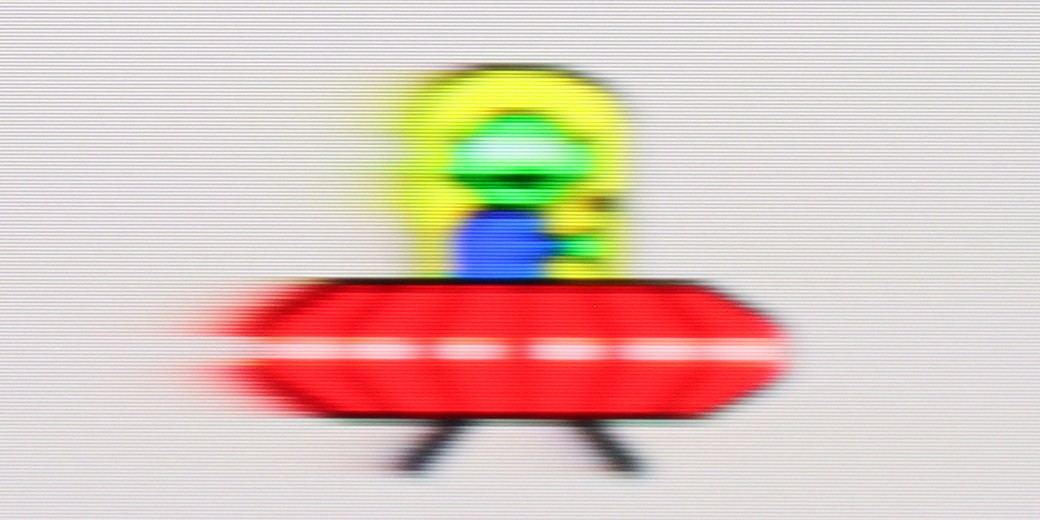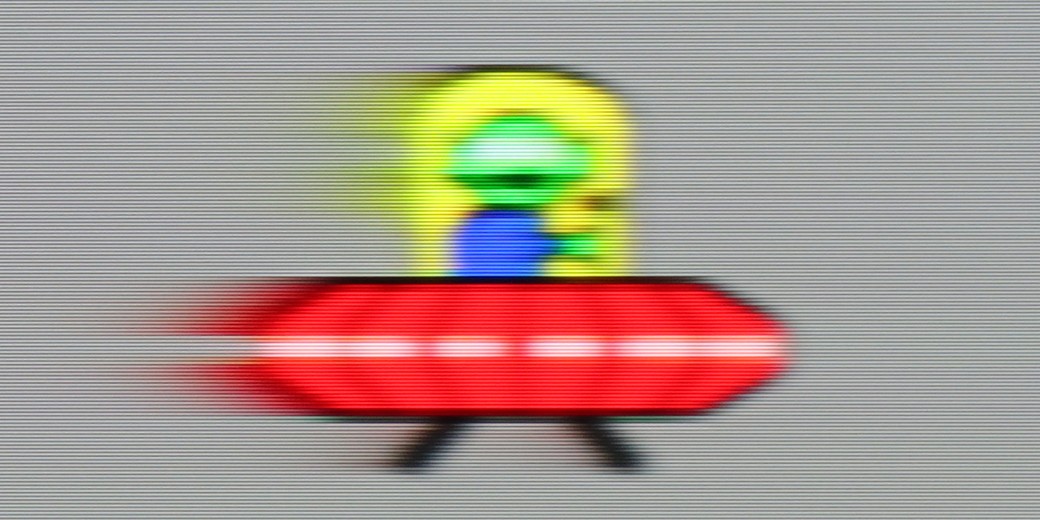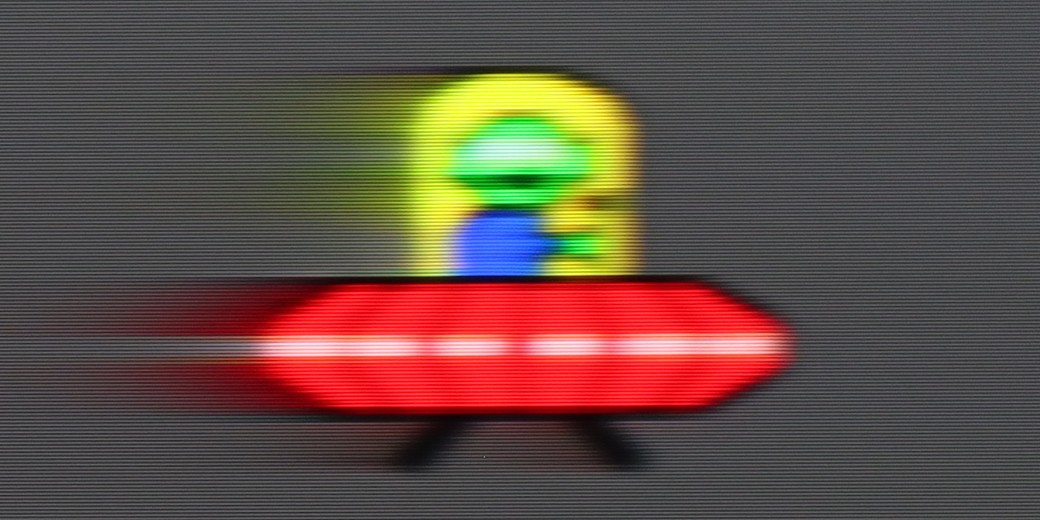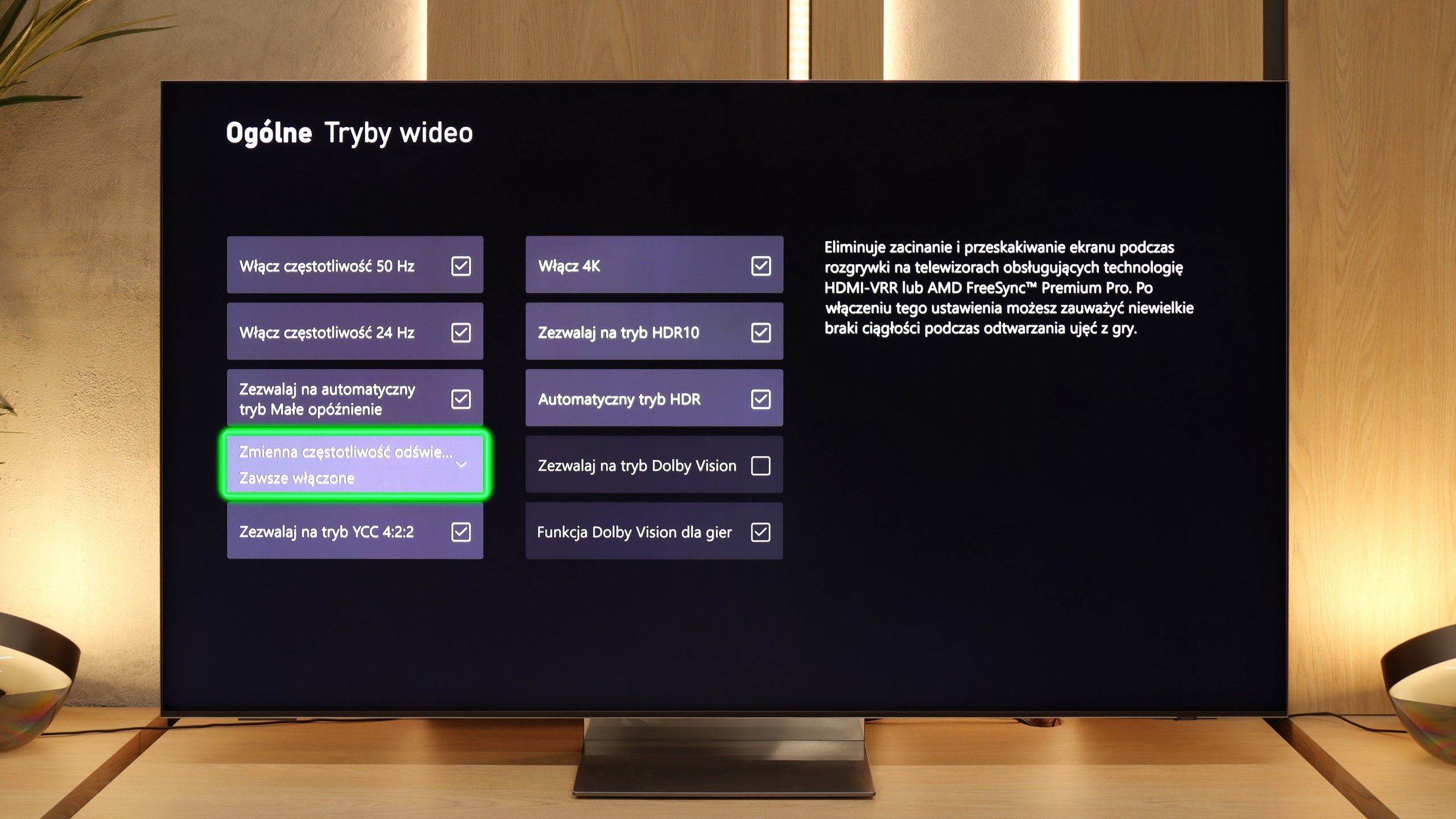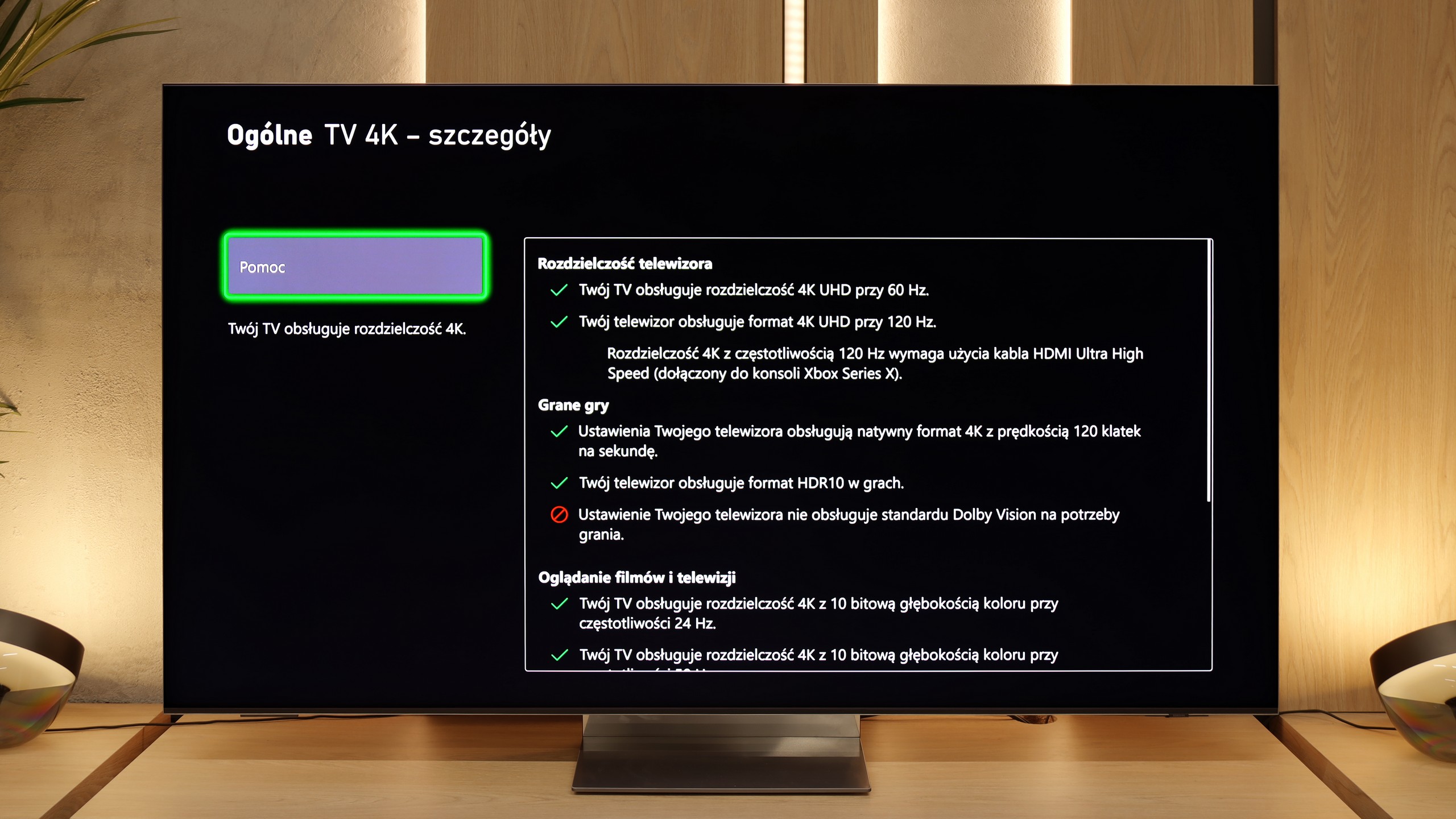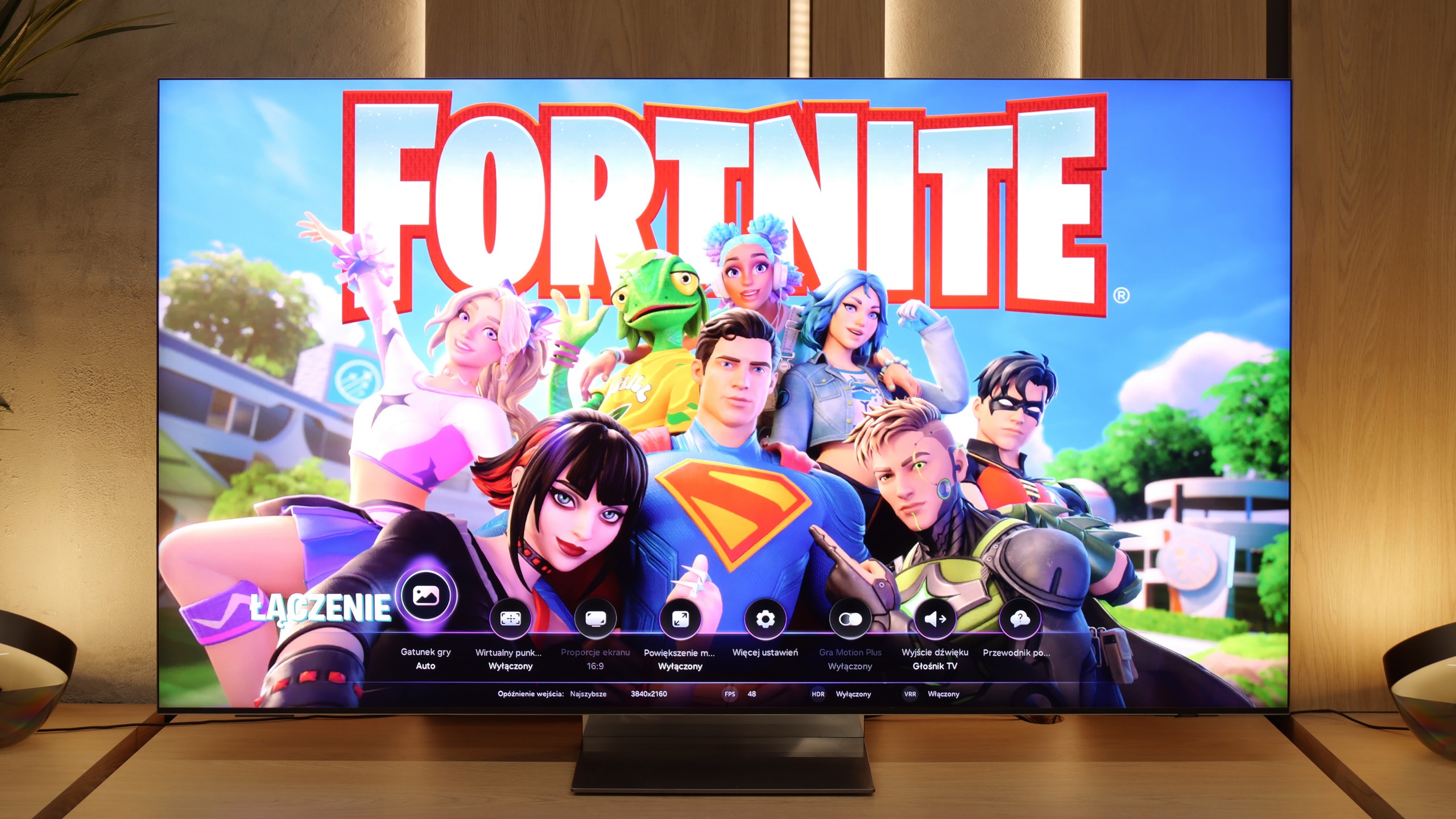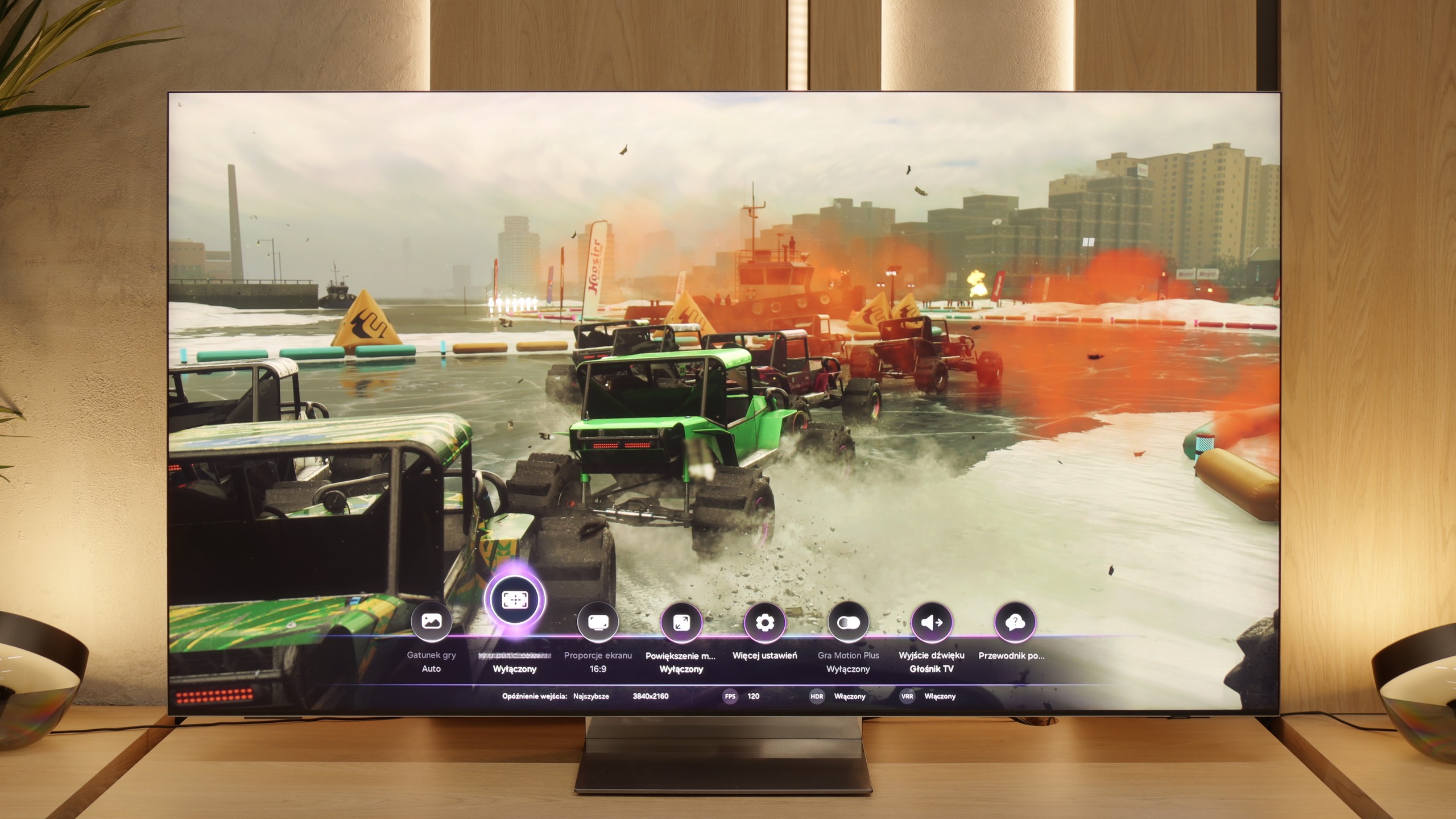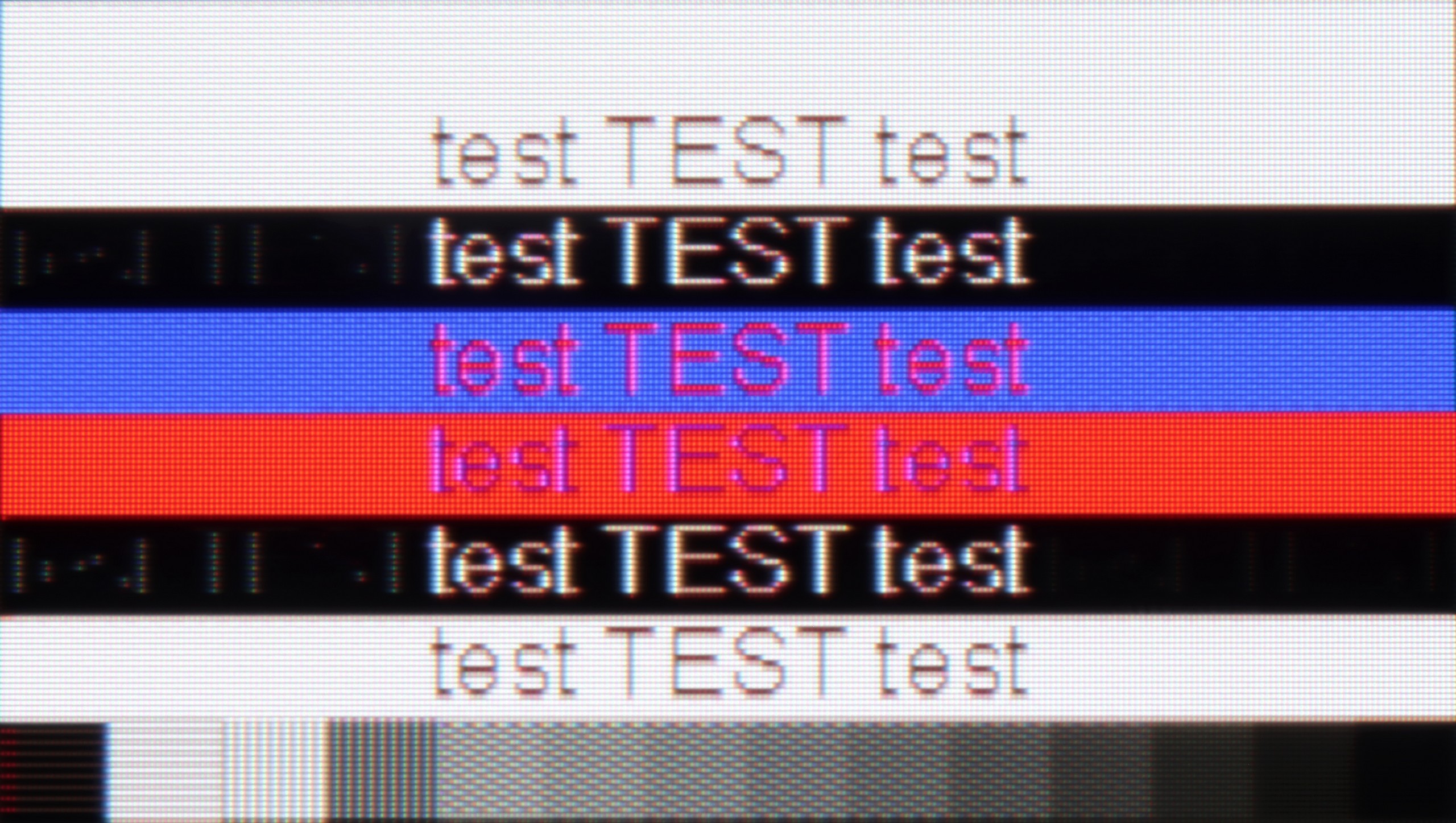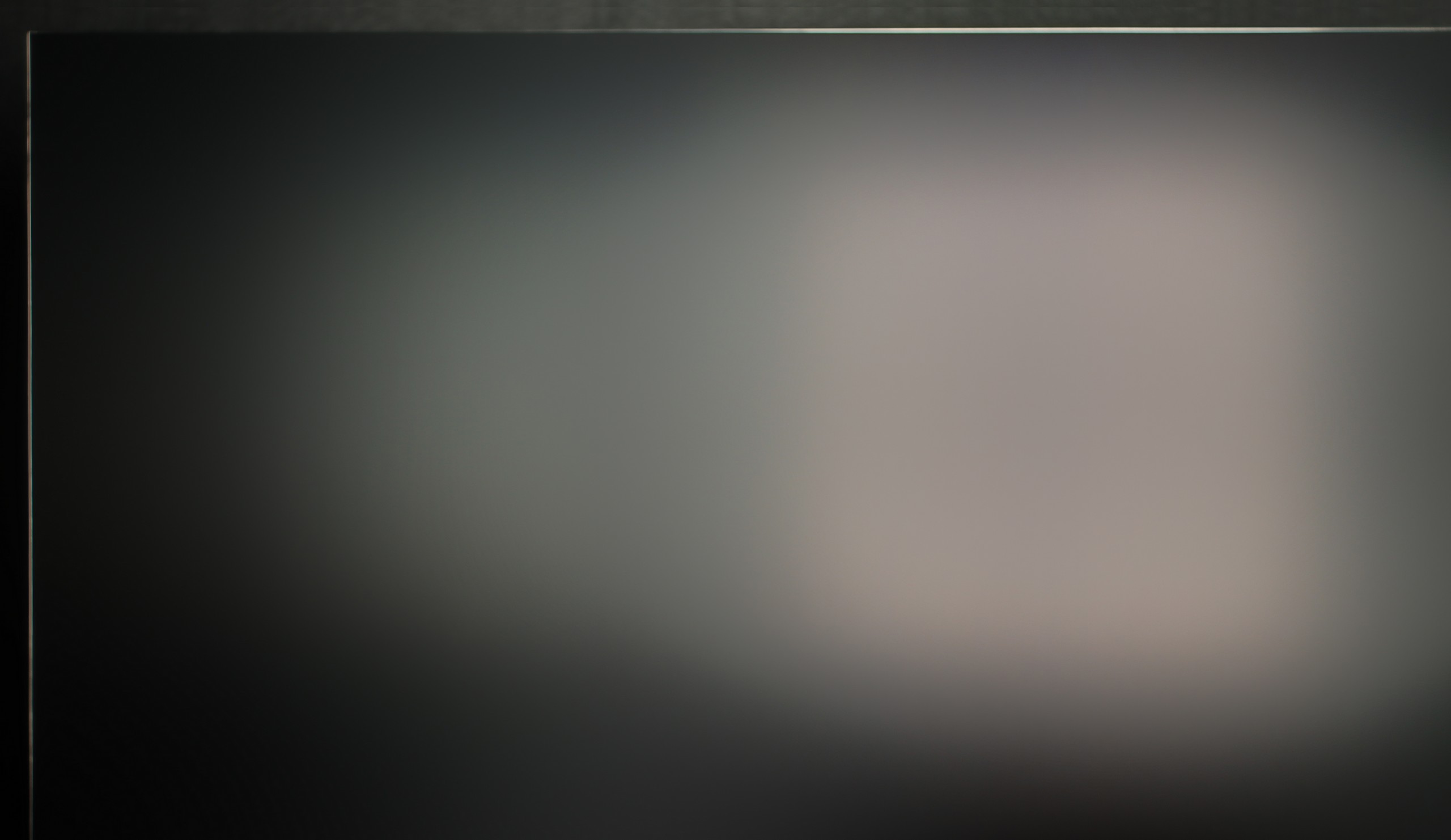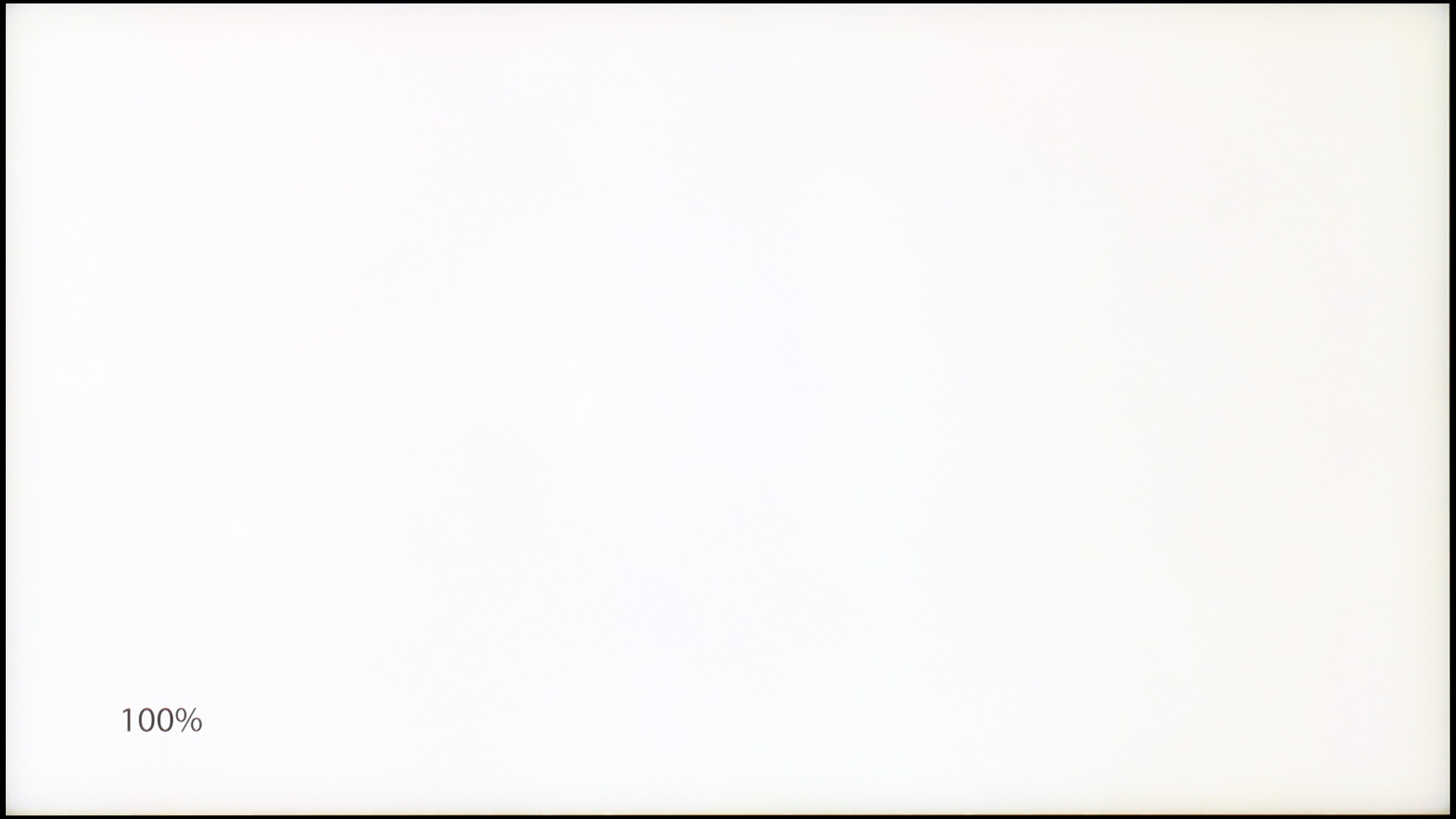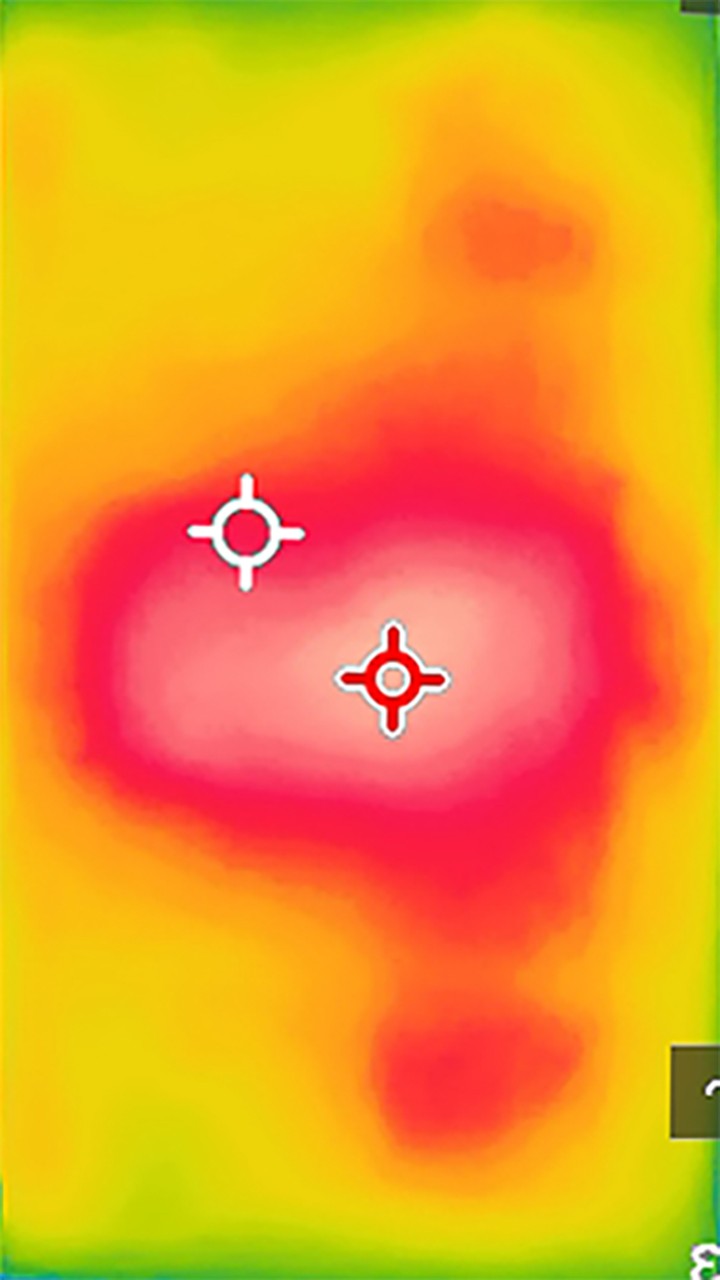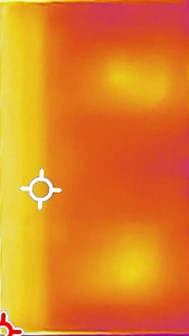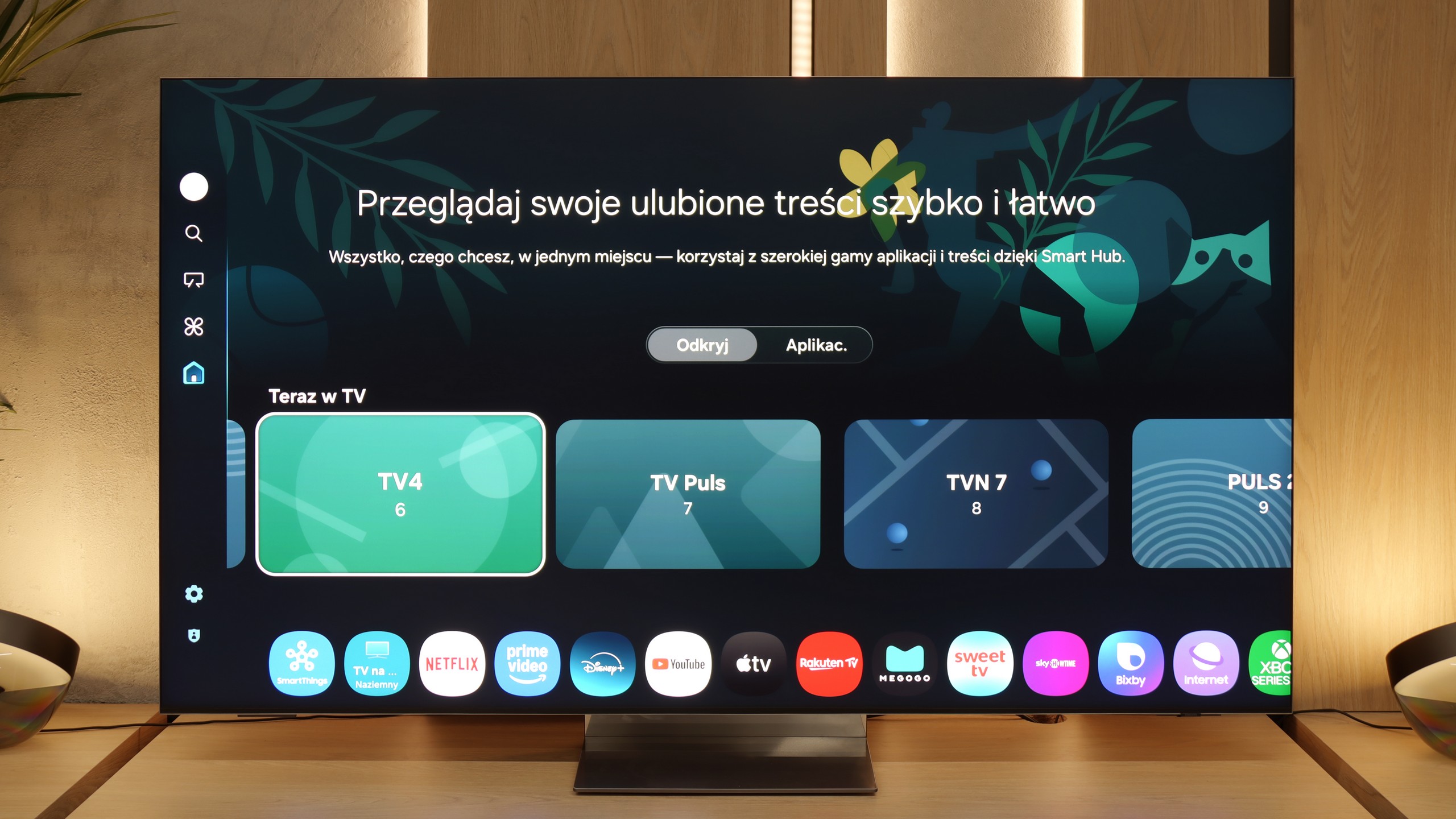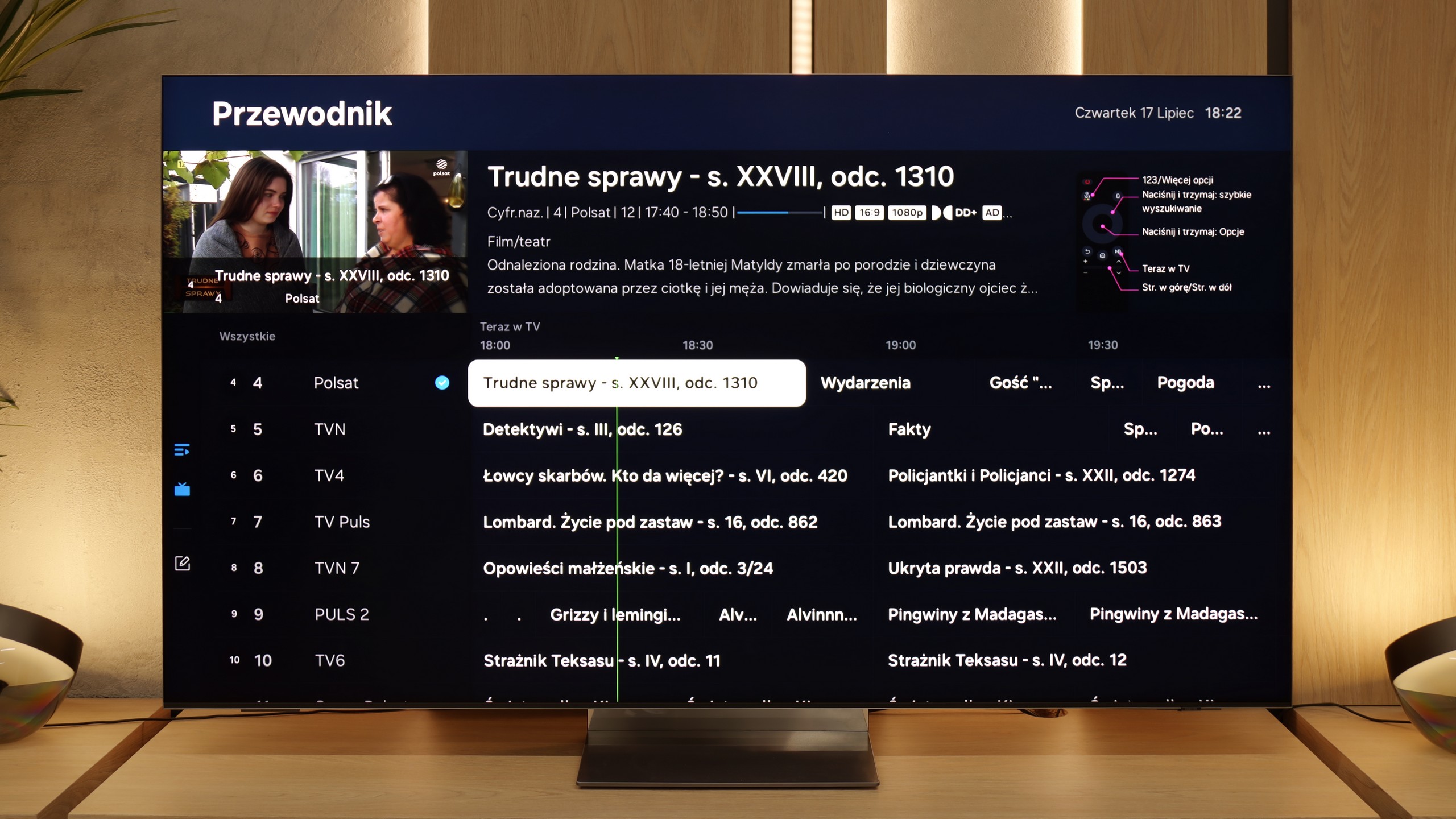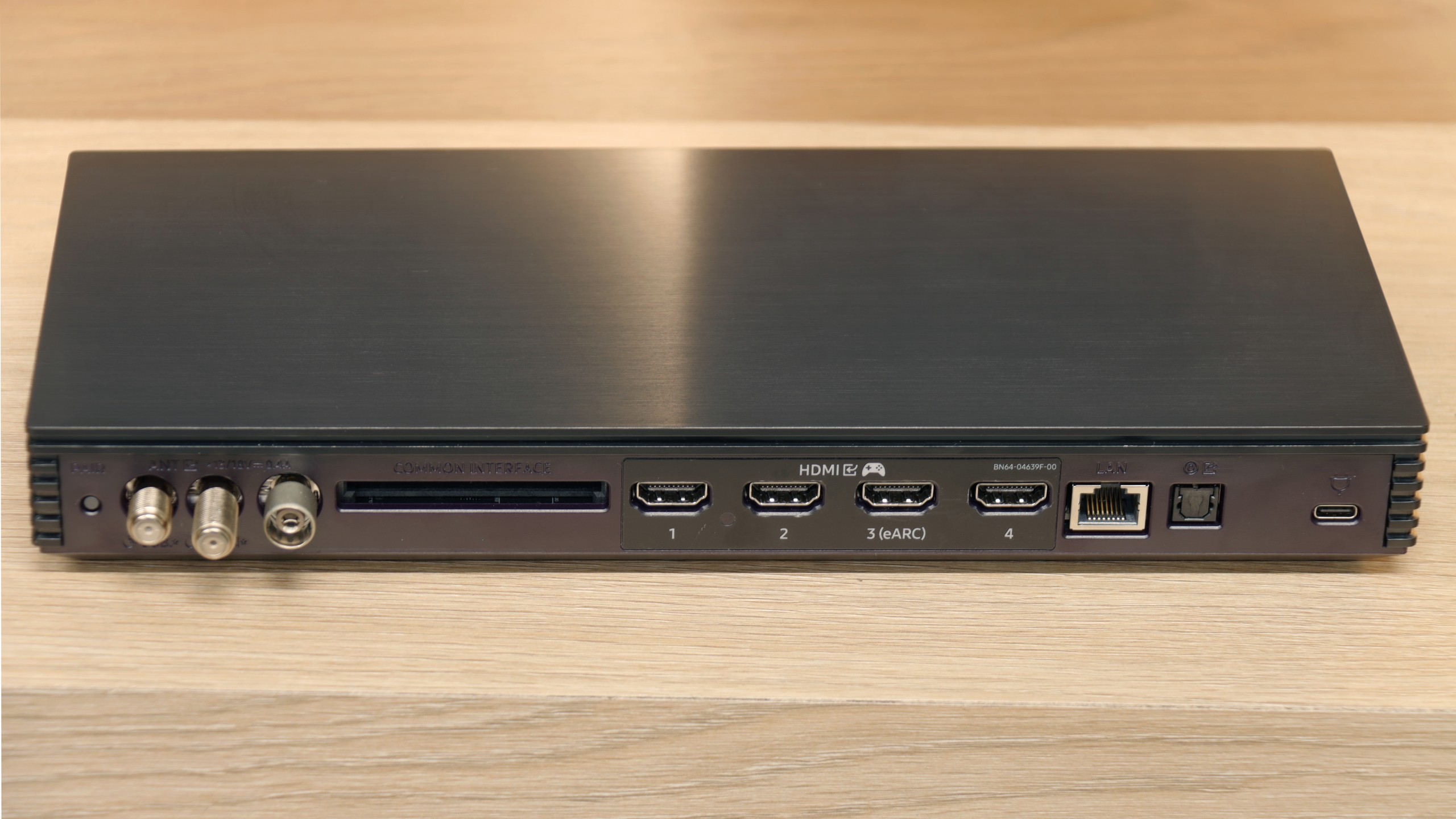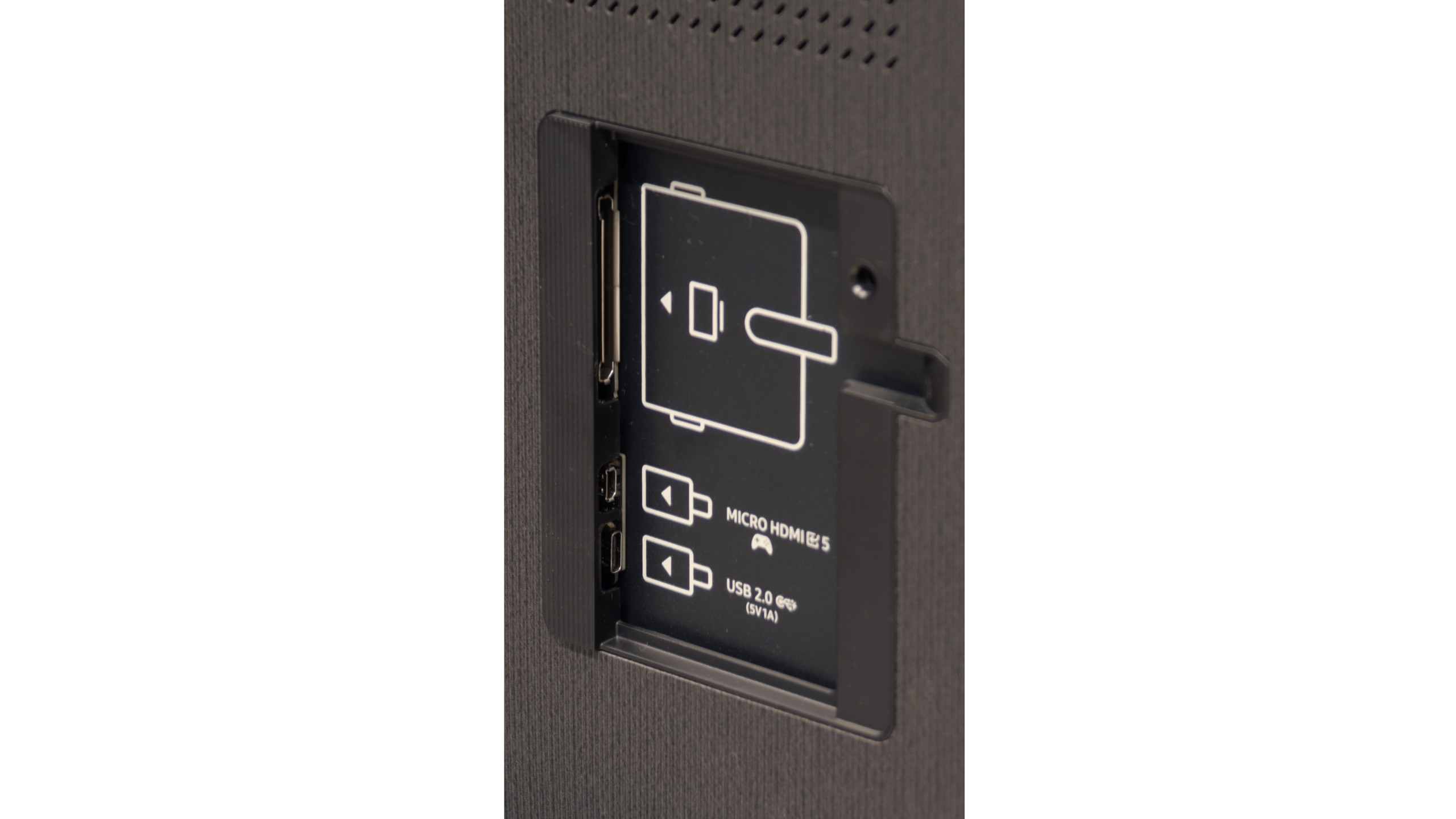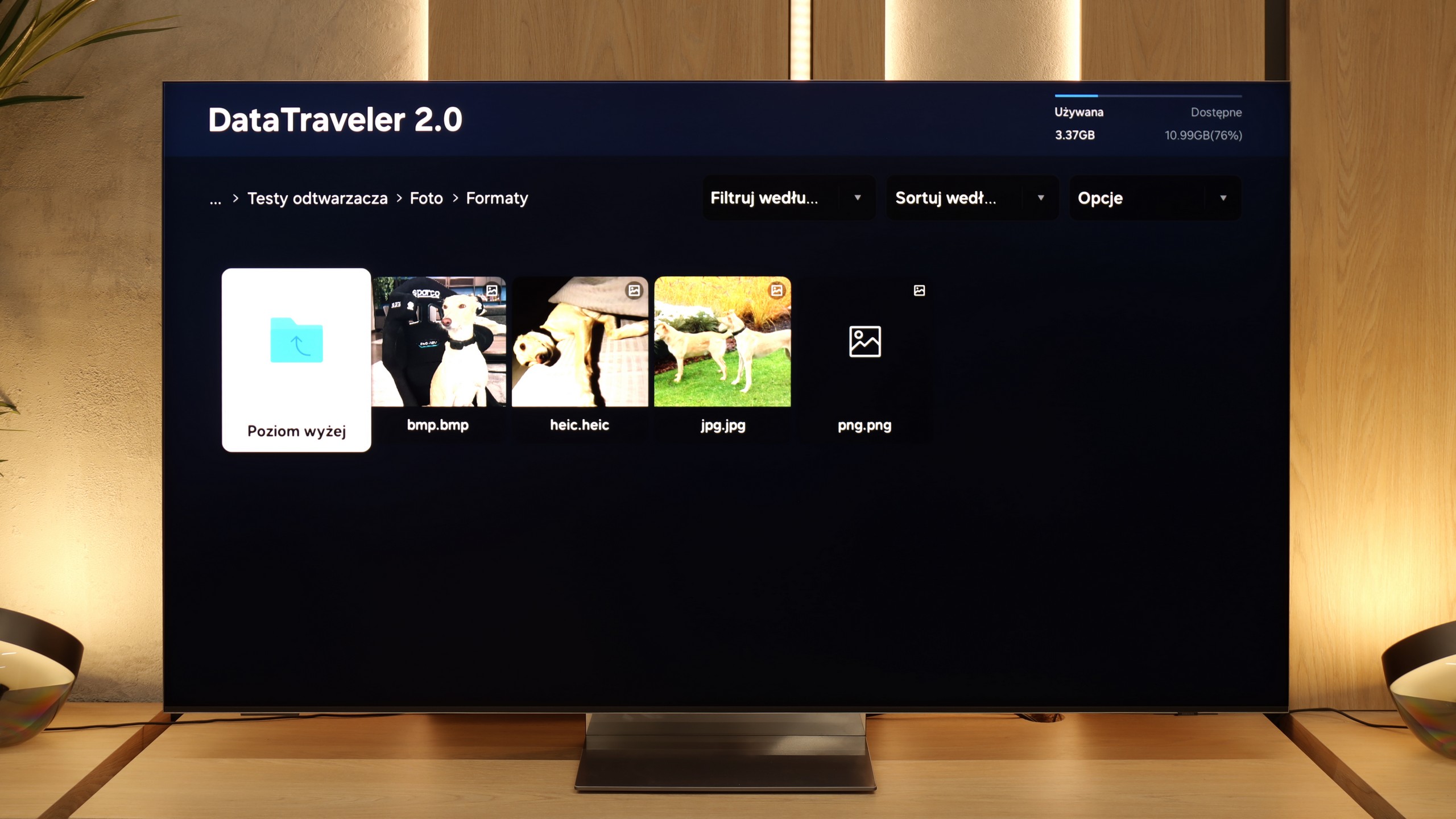The Samsung QN990F is a television that makes a huge impression from the very first moment. It's probably one of the most attractive models on the market – ultra-slim, with an almost invisible frame and a base that gives the impression that the screen is levitating above the table. In addition, there's the futuristic Wiraless One Connect module, this time in a wireless version, which helps to reduce the number of cables in the living room and adds a modern character to the whole setup. But it doesn't end with the design. The QN990F also boasts powerful specifications. The Mini-LED with over a thousand dimming zones can generate contrast that at times rivals OLEDs. "Additionally, there is very high HDR brightness and a new matte panel that effectively eliminates reflections. And when we add great motion fluidity with a refresh rate reaching up to 240 Hz in 4K, we have a set of features that truly impress. Samsung hasn't forgotten about gamers either – we have Game Bar, VRR, ALLM, as well as five HDMI 2.1 ports and phenomenal input lag of 10–15 ms (when connected via micro HDMI).
And this is where we get to the crux of the matter. Because while the QN990F impresses on paper and in many tests, in practice some solutions still require refinement. The wireless One Connect module raises the input lag to unacceptable levels for gamers, the Mini-LED can struggle in difficult scenes with a lot of detail, and the lack of Dolby Vision or DTS:X serves as a reminder that Samsung is stubbornly forging its own path, sometimes at the expense of the user. Despite this, the QN990F is a television that indicates the direction of industry development. It is not a model for everyone – but for those who love gadgets, technological innovations, and want a screen in their living room that looks like it came from the future. However, if someone is looking exclusively for the best picture quality, even in Samsung's portfolio there are models that perform significantly better – perhaps without 8K, but with more refined contrast and colours. Because 8K still remains a technology that looks firmly to the future and the QN990F shows what televisions of tomorrow could look like. But are we – the viewers – already ready to pay such a high price for this vision and accept the compromises that come with it?
QNED86A6A is a television that truly does an excellent job in its price range when it comes to sports, gaming, and everyday TV viewing. The 120 Hz panel ensures smooth images and sharp motion, which both sports fans and gamers will appreciate. It also features low input lag along with a complete set of gaming functions such as HGiG, VRR, and ALLM. The television works just as well with a computer as it does with a console, so whether in the office or on a desk in the 43” version, it serves excellently as a work monitor. Another strong point is the webOS system. This is a fast, stable, and application-rich operating system that, paired with the Magic remote, offers very convenient operation. The new version of the remote is slimmer and fits better in the hand, while the on-screen cursor is a solution that many competitors lack. Additionally, there are classic features – USB recording, Bluetooth for headphones, and a full HDMI 2.1 set with eARC and Dolby Atmos support. This makes the televisions from the QNED85 series some of the most "multimedia" televisions in their class. However, there’s no point in mincing words; this model also has its significant flaws. Its biggest flaw is undoubtedly the contrast, or rather, the lack thereof. The IPS panel combined with edge-lit "mini-LED" is simply a very bad idea. The screen is just not suitable for watching movies in a dark living room. The blacks are bluish-grey, and local dimming can generate light strips reminiscent of lasers, which effectively spoil the desire to watch. This is not a choice that can be wholeheartedly recommended for home cinema. The second problem may not be directly related to the television itself but rather to its sales. It concerns the chaos in naming and discrepancies in derivative versions. The same model, even with the same marking, can have a different bezel colour or stand depending on the store. This can truly be frustrating for the buyer and evoke a sense of confusion. To summarise briefly: LG QNED86A6A is a great television for sports, gaming, and everyday television, with a user-friendly system and substantial functionality. But if you are looking for a screen strictly for movies or series and require deep blacks, it would be better to look towards televisions that can truly be called Mini-LEDs with full confidence.
